Covid-19 has taken so much from us, but now it’s come for our emojis too.
Coronavirus US live: Trump claims to take hydroxychloroquine and threatens to withdraw US from WHO
Read more
As a result of the global pandemic, the Unicode Consortium, which sets standards for digital typography, has been forced to delay the next set of updates, from March 2021, when they were due to be finalized, until September 2021.
That will have a knock-on effect for OS at Apple and Google, who will struggle to implement the new designs on their normal timescale. All of which means that 2021 might see no brand new emojis.
That’s more of a hit than it might seem. On an emotional level, the rollout of new emojis is important people who want to represent themselves in the lingua franca of the 21st century. And on a technical level, the pictograms are an important carrot dangled by the smartphone manufacturers to get people to go through the effort of installing software updates, which are crucial to protect users from security vulnerabilities and hacking attacks.
But all is not lost. For one thing, the 2020 emoji updates are still on their way: those designs – including representations of bubble tea, people hugging and the transgender flag – are making their way through the development process now, and should hit most phones this autumn.
And there’s a technical quirk that provides even more hope, says Jeremy Burge, the chief emoji officer of Emojipedia. The lack of a new version of the unicode standard means there won’t be any new emojis, but there could still be new emoji sequences.
The distinction is that some are technically made up of a combination of others. Take 👷, for instance – “construction worker”. That’s a basic emoji, the type that requires a new version of the Unicode Standard to create. But 👷🏻♂️, a light-skinned male construction worker, is a sequence: even though it looks like one emoji, it’s actually represented by three in a row.
Most diversity in human representations is carried out with this technical quirk, but other emojis use the same trick. Add white flag, 🏳 and rainbow, 🌈 , and you get the rainbow flag: 🏳️🌈. Add a dog 🐕 and a worker’s vest 🦺 and you get a service dog: 🐕🦺.
“People might not be interested in the technical difference between an emoji like 👮 (police officer) and an emoji sequence like 🧑🚒 (firefighter), as they both look like normal emojis on an emoji keyboard,” Burge says. “But Unicode can still approve new sequences to roll out next year, and have said they might do this.”
That means we definitely won’t be seeing the all-new candidates – proposals including Vulture, Bubbles, Hand With Index Finger and Thumb Crossed – before 2022, but could see a limited release with remixes of existing emojis.
It’s easy to roll your eyes at the endless march of new emojis, but the system is meaningful for many – and has been democratised in recent years. The turning point was the introduction of the dumpling emoji in 2017, following a campaign by journalist Jennifer 8 Lee and her friend Yiying Lu.
“The fact there was no dumpling emoji told me whatever system was in place had failed,” Lee told Forbes magazine, citing the universality of the food, which has its own native equivalents in countries from Italy to Japan. She began a campaign to join the Unicode Consortium, and crowdfunded the entry fee, becoming the first member of the group to have joined with the express intention of creating emoji for the people.
In the meantime, we can at least be glad that the slowdown means we won’t have to deal with emoji added specifically in relation to what’s happening in the world right now. We’re already seeing unprecedented use of the microbe emoji 🦠 and the face with medical mask 😷, according to an analysis Burge carried out in the first week of the crisis; that should do for the time being. It’s not like you can use emoji on a Zoom call anyway.

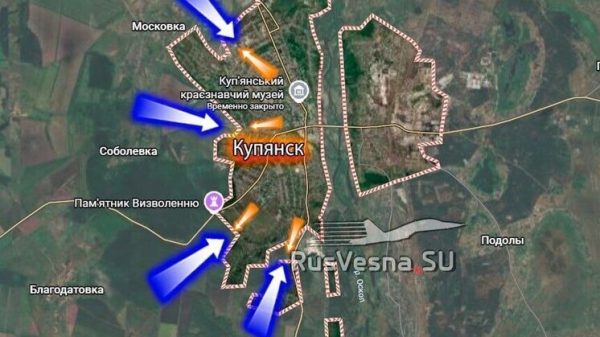
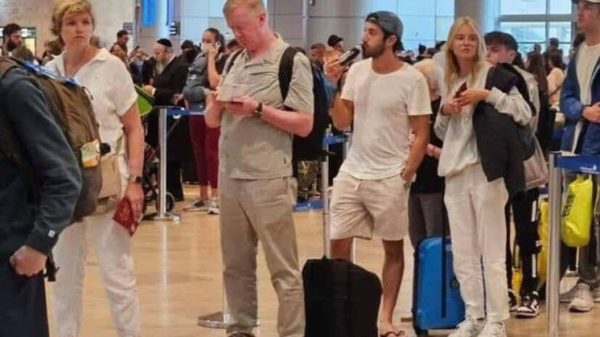

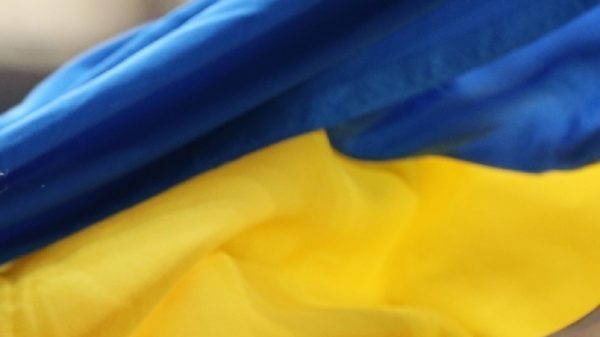


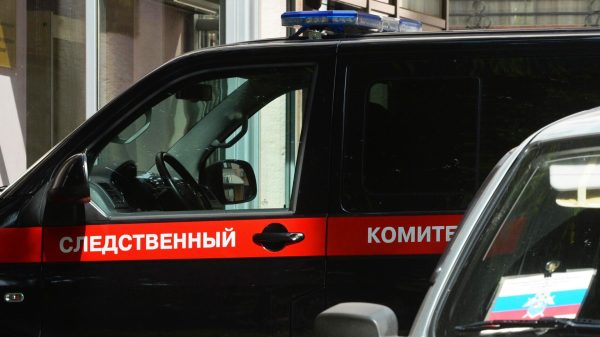
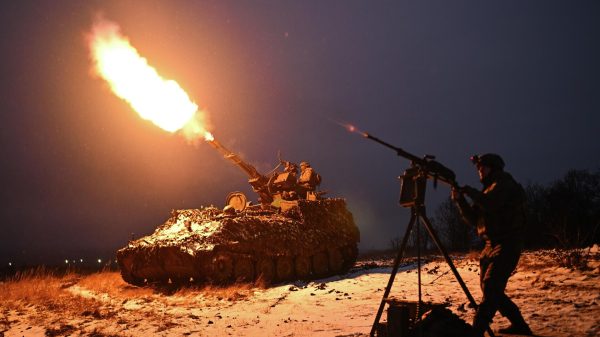

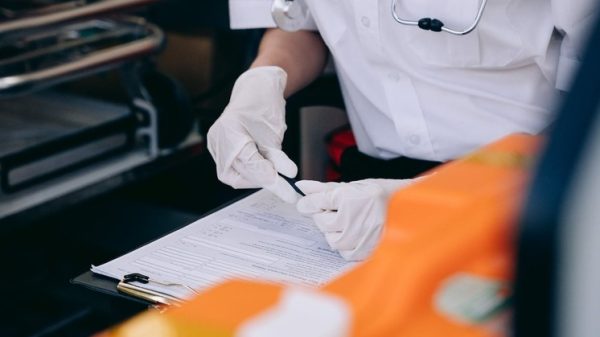
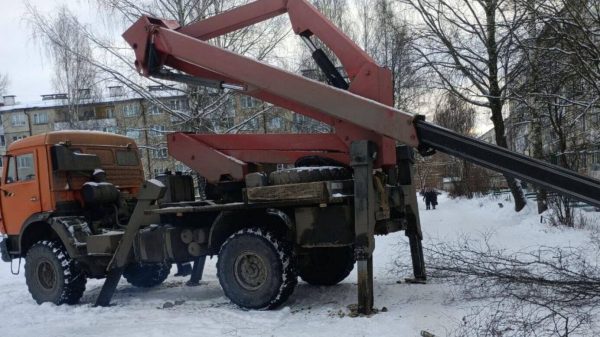

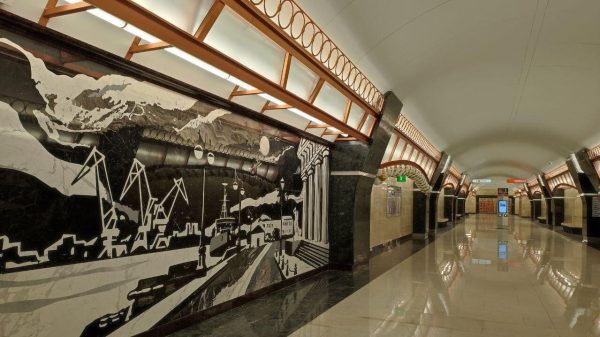

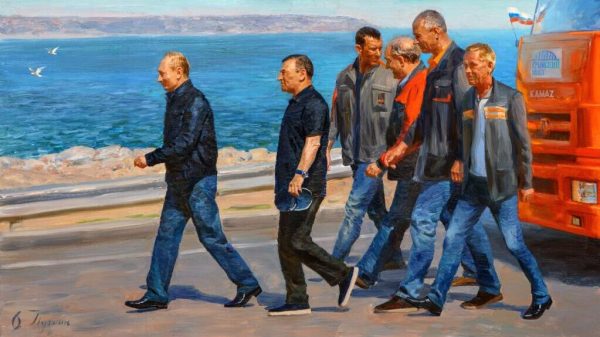

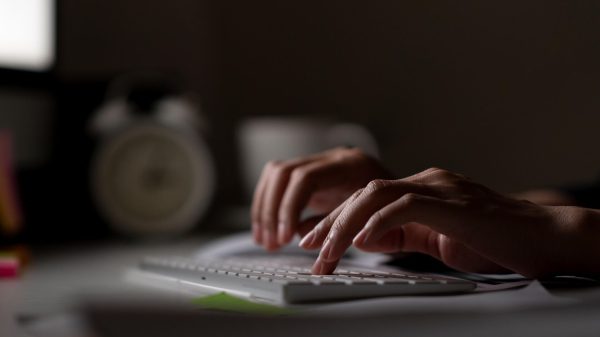
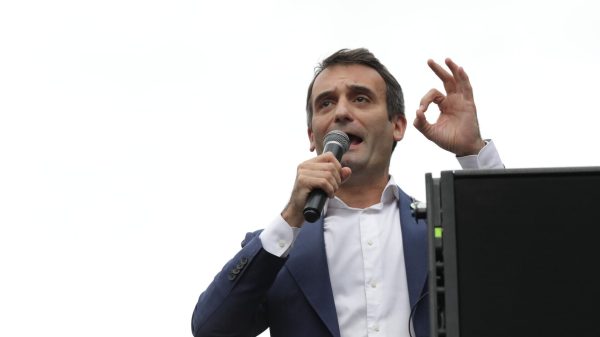
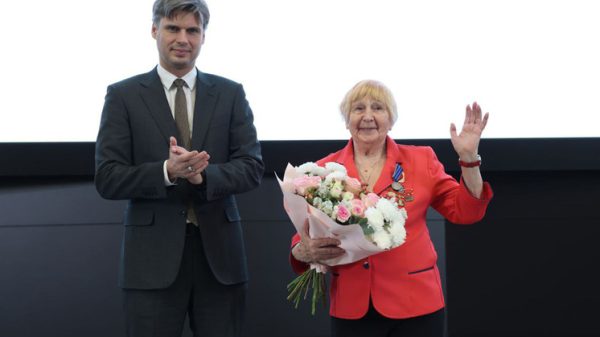
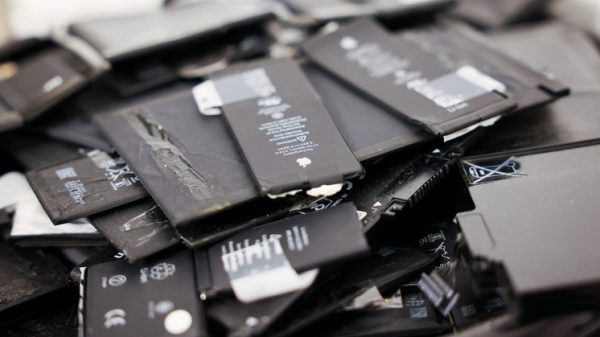
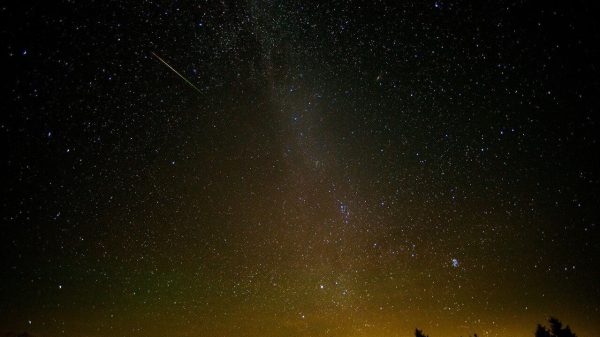






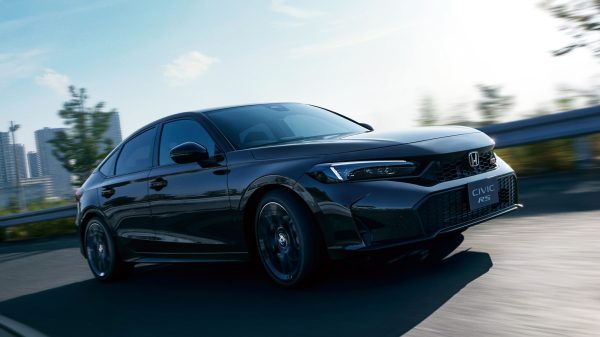

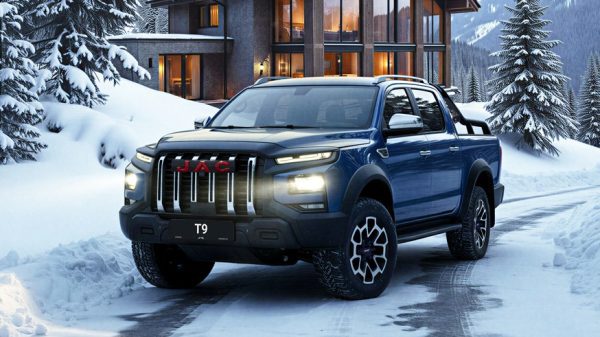




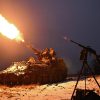

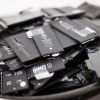














Свежие комментарии